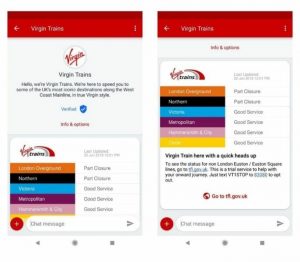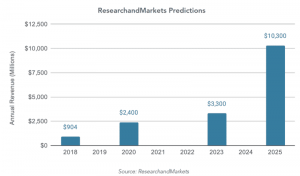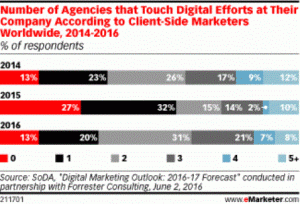Performance Is New Programmatic In TV Advertising
by Dave Morgan , Featured Contributor, July 13, 2017
The following was previously published in an earlier edition of Online Spin:
TV ads are about to undergo a huge shift in how they are bought and sold. This change isn’t just about the big announcements of late about audience-based TV ads — the OpenAP consortia from Fox, Turner and Viacom, as well as NBCU’s announcement that it would reserve $1 billion of its inventory this year for audience-based sales.
Nope, something even more fundamental is happening in media, and it’s going to have its biggest impact on TV.
The future of TV will be about performance. As media legend Alan Cohen proclaimed as he took over as president-CEO of independent agency Quigley-Simpson earlier this year, “Performance media is where it’s at. It’s the new programmatic.”
While Cohen was speaking of media broadly, the rise of performance-based buying and selling will have its biggest impact on TV advertising, I think.
Why? Performance dominates digital advertising, because it can be measured and optimized that way. And performance is what marketers truly want, fundamentally, when they buy.
This was never really possible on TV historically, not at the spot-person level, but now it is. The rise of massive amounts of direct, second-by-second TV viewing data at the person and household level that can be matched to online and offline purchase data in a privacy-safe way means that marketers no longer have to wonder how TV ads work in driving sales or leads. Now they can know. Better yet, now they can use those insights to better plan and optimize their campaigns going forward, maximizing their performance.
No longer are they hamstrung by only having mix models that take months to conduct, and not getting much deeper than the network or day-part level.
Is this really new? A bit yes and a bit no. Television has always had performance advertising, you might say, since direct-response ads have been with us almost as long as TV has. That’s different, though. You might also argue that TV has always been a performance medium for marketers who sell regularly and track sales, whether it’s retailers like Walmart or packaged-goods brands like Coca-Cola.
Without question, retailers have always known in a general way how their TV spend correlated to store traffic and sales. Movie studios have always seen the impact of TV spend in their box-office numbers. So too have airlines, restaurants and hotels when it comes to butts in seats and heads in beds.
However, TV advertising has never been as predictable, provable and performance-oriented as new digital channels like search and social have become for marketers. On platforms like Facebook, marketers can buy campaigns that are guaranteed to reach a certain group of people as well as deliver their desired business outcomes. Marketers get to have their cake and eat it too.
That is where TV is going fast. The notion of “programmatic” TV was a bit of a head fake. The vast, vast majority of TV is not about to be bought and sold on programmatic exchanges — not for many, many years.
However, the idea that TV will be bought and sold based on performance — that world in unfolding before us right now.
What do you think?
MediaPost.com: Search Marketing Daily
(69)







